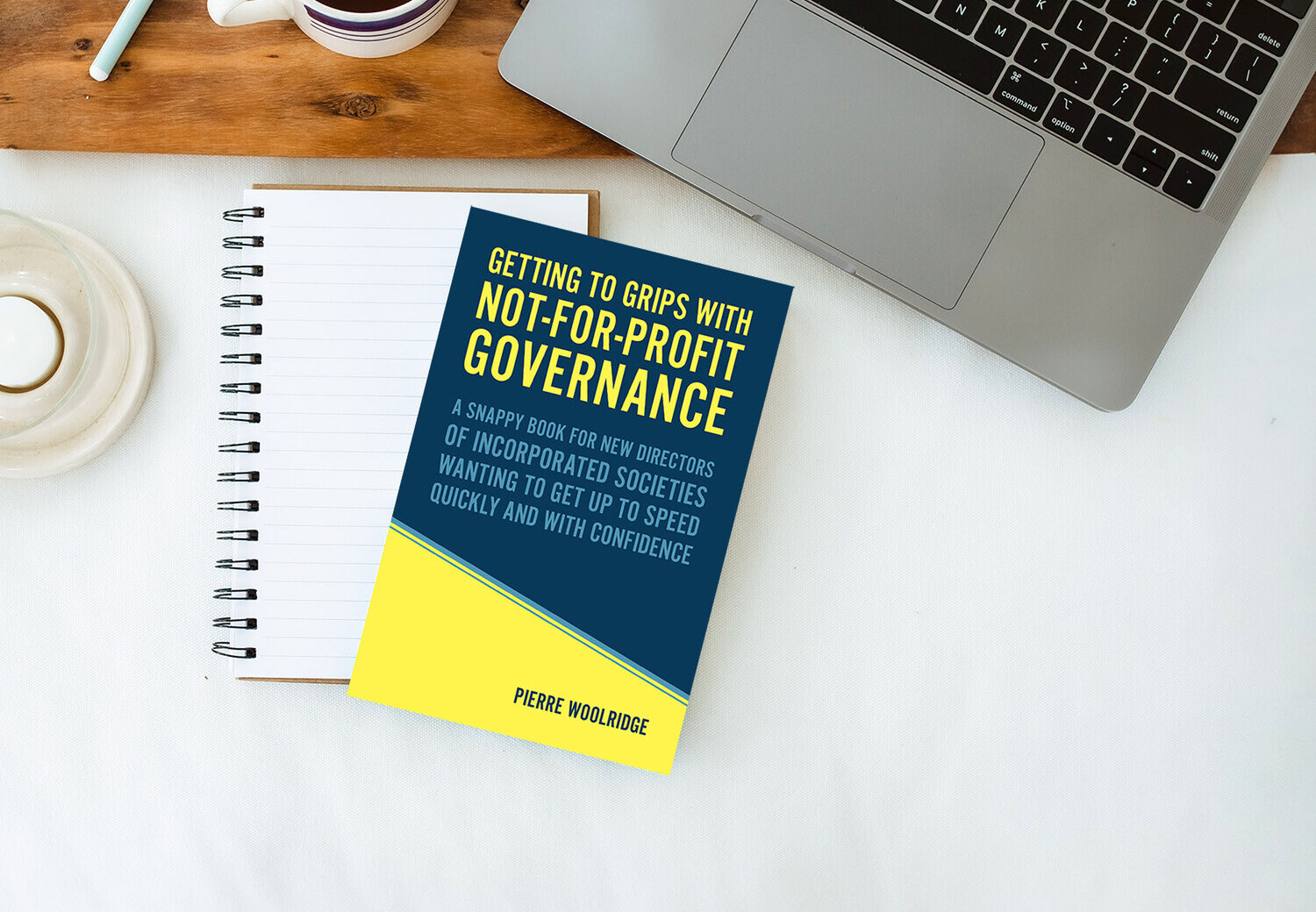“Directors are there to govern.
The CEO is there to manage.”
The article expands upon the above quote from my not-for-profit governance book. It can be tempting for boards to meddle in operational matters especially if people have previously worked in the organisation, or if the is a new to being a CEO, running the business as in operations. On the other hand, there is always the possibility of board capture by the CEO.
Build a strong working relationship
As a new CEO in the not-for-profit world, one of the first things you'll need to understand is the difference between operations and governance. Understanding these two areas and the roles they play is crucial for your success, and it will help you build a strong working relationship with your board. In this read, I’ll break down the key differences and explain why knowing where each of these areas begins and ends will help you lead effectively.
Let’s Explore “What is Governance?”
As a new CEO in the not-for-profit world, one of the first things you'll need to understand is the difference between operations and governance. Understanding these two areas and the roles they play is crucial for your success, and it will help you build a strong working relationship with your board. In this read, I’ll break down the key differences and explain why knowing where each of these areas begins and ends will help you lead effectively.Governance is all about oversight and strategic direction. Essentially, it’s the "big picture" view of the organisation, which is the board's responsibility. The board is there to set the overall vision, mission, and values of the organisation. They create the policies that guide the organisation and monitor its performance to ensure that everything aligns with the broader goals.
In a not-for-profit setting, governance also involves financial oversight, risk management, compliance, and ensuring that the organisation adheres to its legal and ethical obligations. The board makes high-level decisions, but they don’t get involved in the day-to-day running of the organisation. That’s where operations come in.
Let’s Consider “What is Operations?”
Operations, on the other hand, refer to the actual running of the organisation. This is where your role as CEO comes into play. It’s about executing the strategy that the board has set out. As CEO, you’re responsible for the day-to-day activities, from managing staff and overseeing programs to ensuring services are delivered and the organisation’s resources are being used effectively.
Operations are more tactical and execution-focused. You’ll be dealing with budgets, managing team dynamics, operational challenges, and making decisions about the allocation of resources. Essentially, you're the one who makes sure everything is running smoothly and in line with the strategic goals set by the board.
Why the Difference Matters
Understanding the distinction between governance and operations is vital for several reasons. First, it helps ensure that the board and CEO know their roles and responsibilities clearly. This avoids any overlap or confusion, which can lead to conflict. If the board tries to micromanage operations, it can result in frustration and inefficiencies, while you as CEO might feel undermined.
How to Keep the Balance
As the CEO, it’s essential that you maintain a strong working relationship with the board and communicate regularly. This can be done through reports, meetings, or informal updates. By keeping the board informed of the progress in operations and challenges you may be facing, they’ll feel more confident in your leadership.
At the same time, it’s your responsibility to remind the board of their strategic role and encourage them to focus on the long-term direction, leaving operational decision-making to you. This way, everyone stays focused on what they do best.
Final Word
Navigating the balance between governance and operations is one of the key skills you'll need as a new CEO. By understanding and respecting these differences, you can work in harmony with your board to move the organisation forward. Remember, the board governs, and you manage – together, you'll help the organisation achieve its mission.
Like to know more?
If you are new to being a CEO or are new to governance, then check out the NZ-specific book Getting to grips with not-for-profit governance. Here you will discover that I write about what the board gets up to and about what they expect the CEO to responsible for.



